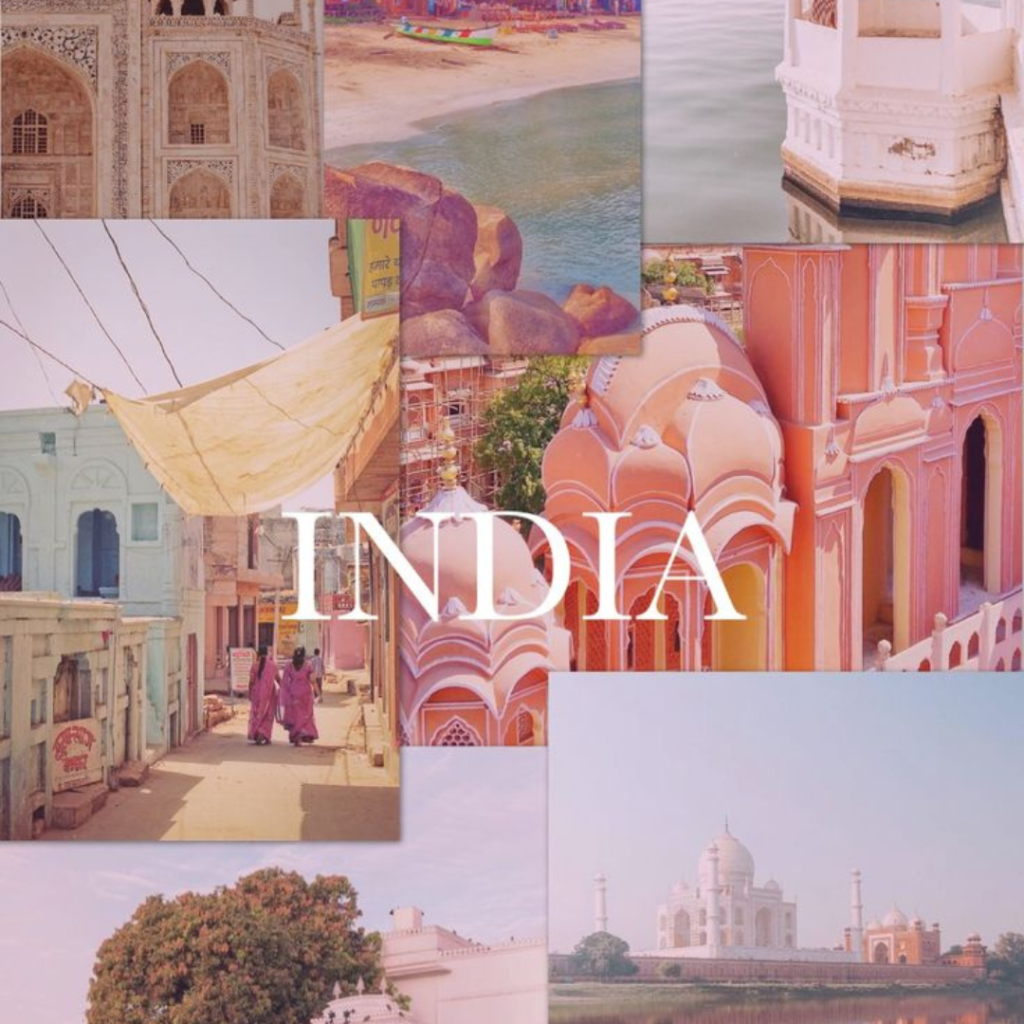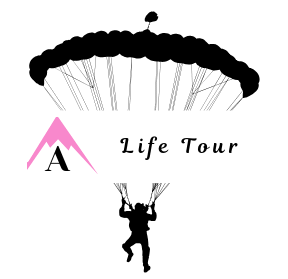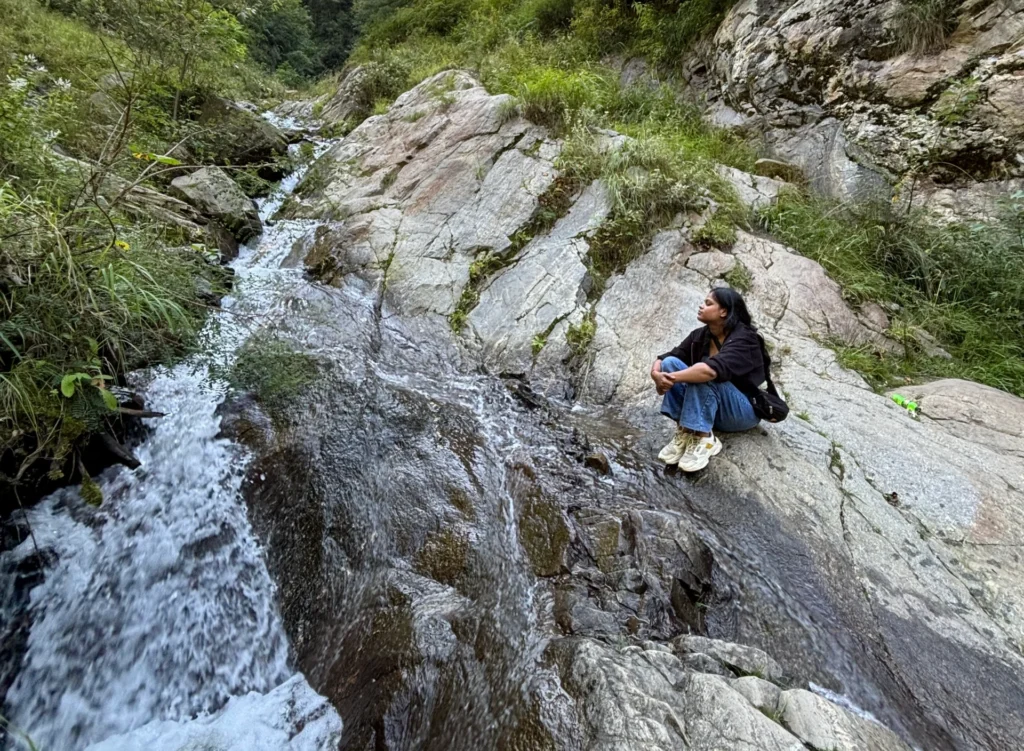
Plan a trekking in Himachal and unsure about the safety in the Monsoon months? You are not alone. Most of the trekkers have the question, “Is it really safe to trek in Himachal in the monsoon?” As you know, there are landslides and floods in all the popular places in Himachal.
Let’s have a clear breakdown here. Himachal Pradesh, with its misty pine forests and dramatic mountain passes, is a trekker’s dream. But when the monsoon rolls in, that dream can quickly turn unpredictable. In 2025, the region has faced one of its harshest rainy seasons in recent memory, raising serious questions about trekking safety.
What’s Happening in Himachal Right Now?
Do you know? This monsoon, Himachal has seen:
- 77+ flash floods and 40 cloudbursts
- 79 major landslides are blocking over 800 roads
- 298+ fatalities linked to rain-related incidents
- Disrupted power and water supply across districts
Even popular treks in Himachal, such as Hampta Pass, Bhrigu Lake, and Kheerganga, have faced closures or rerouting due to unstable terrain.
Should You Go for a Trek in Himachal During the Monsoon?
The very short answer is “Not this year in Himachal”.Moreover, the terrain is fragile, visibility is low, and emergency access is limited. While the rain paints the valleys in lush green, it also loosens rocks, floods rivers, and turns trails into slippery hazards. So, it may be quite risky for the visitors of first time. But if you are interested and want to go on an adventurous trek? Yes, you can. But you need to be cautious.
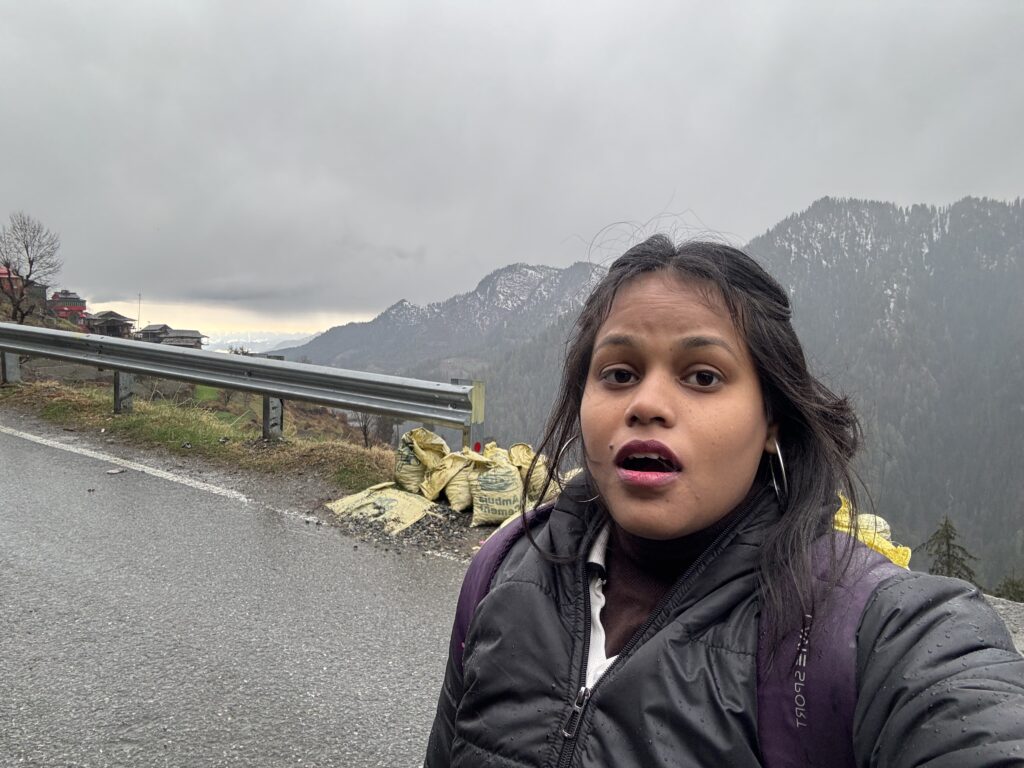
Are You Still Planning to Go for a Trek In Himachal, But with Safety Measures?
Don’t Worry. Here are some safety measures to make your trip more cautious. Some trekkers may still venture out, drawn by the solitude and misty charm. If you’re one of them, here’s how to stay safe:
- Stick to low-altitude forest trails with verified permits
- Hire experienced local guides who know the terrain and weather patterns
- Gear up: waterproof layers, trekking poles, high-traction boots, and emergency kits
- Track IMD alerts and avoid trekking during red or orange warnings
- Always inform someone of your route and expected return
Safer Alternatives for Monsoon Treks in Himachal: Low risk, High reward
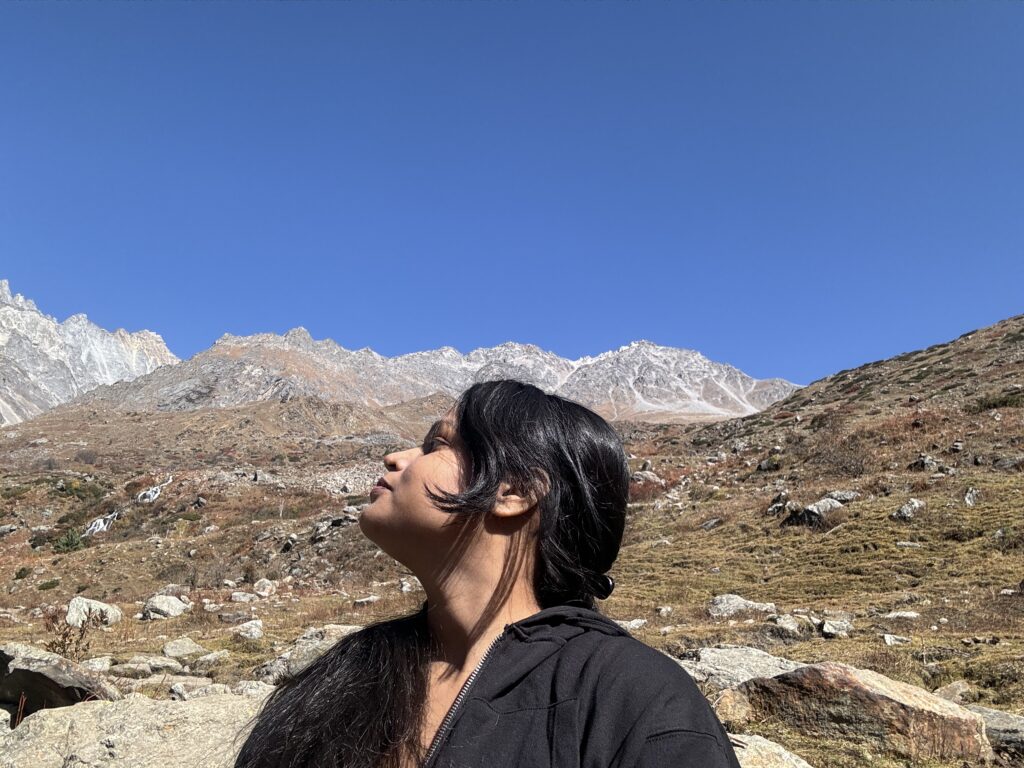
If you’re craving a monsoon adventure, consider these safer zones:
- Uttarakhand’s lower trails: The Forested routes like Deoban or Nag Tibba are more stable and accessible.
This would be the perfect spot for beginners.
- Miyar Valley (Lahaul): This valley is a Rain-shadow zone with minimal rainfall. You can feel the Gentle meadows and can spot Buddhist ponds, and glacier views.
Most probably, it is ideal for moderate treks in Himachal with fewer weather disruptions.
- Prashar Lake Trek (Mandi): It is a short trek with road access to the base village and is famous for its floating island and ancient temple.
This spot is completely safe for light monsoon trekking with proper gear.
- Kareri Lake Trek (Dharamshala region): the place has a Forested approach with gradual ascent. There comes an Alpine lake surrounded by pine and rhododendron. This spot is easy access and Manageable in early or late monsoon with local guidance.
Moreover, this will be a great trail for those who want a taste of high-altitude beauty without extreme exposure.
- Tirthan Valley Trails (GHNP Buffer Zone): This amazing spot is composed of Rich biodiversity, riverside paths, and forest hikes. There are also Homestay-based trekking options available with local guides. Even this place can be Ideal for nature walks, birding, and short treks
You can trek to waterfalls, hidden villages, or simply wander through cedar forests.
- Jana Waterfall & Naggar Trails (Kullu): This is a combined trekking in Himachal with cultural stops and local cuisine. There are amazing Gentle slopes, apple orchards, and forest paths. It is easily accessible and safe for day hikes.
Absolutely!! These spots are Perfect for beginners or weekend trekkers looking for misty views and cultural charm.
Monsoon Packing List For Trekking In Himachal (With Personality)
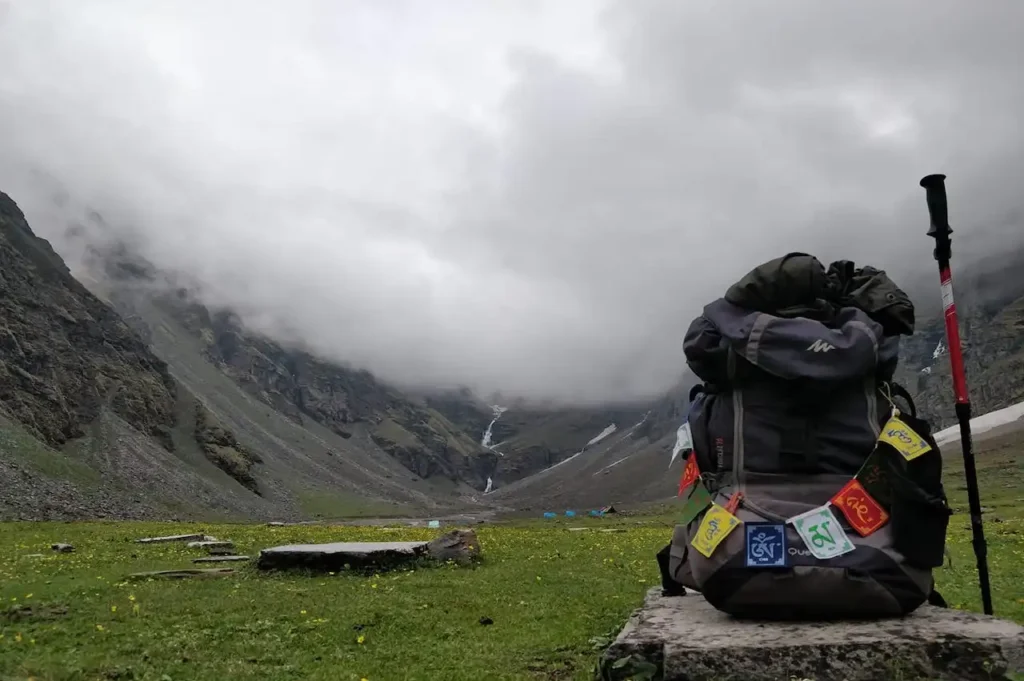
The most important thing while going on a trip is the packing list. Even a single thing is missed would cause frustrations and spoil your mood. Don’t worry!!!
Here is the checklist for your trekking in Himachal:
1. Rainproof, Not Regret-Proof
- Lightweight rain jacket—breathable, not boil-in-a-bag
- Poncho with coverage—because your backpack deserves love too
- Quick-dry layers—cotton is cute until it’s clammy
2. Feet First
- High-traction trekking shoes—think mountain goat, not ice rink
- Gaiters or leech socks—for forest trails that bite back
- Extra socks—because wet feet are the fastest way to hate trekking
3. Essentials That Save the Day
- Waterproof backpack cover—your gear deserves shelter too
- Headlamp with extra batteries—because fog doesn’t care about your phone torch
- Basic first-aid kit—include ORS, band-aids, and antihistamines
4. Fuel & Hydration
- Electrolyte sachets—rain and sweat = surprise dehydration
- Energy bars or trail mix—choose snacks that survive squishing
- Reusable water bottle—bonus points if it doesn’t leak in your bag
5. Smart Stuff
- Offline maps or a trail app—because signal is a luxury
- Power bank—the real MVP when your phone’s your compass
- ID & permits—keep them dry and handy
6. Optional but Awesome
- Micro towel—dries fast, doubles as a seat
- Notebook or voice memo app—capture those misty thoughts
- Small trash pouch—leave no trace, not even snack wrappers.
Pen down this packing list and make use of it while planning for a trekking in Himachal. This keeps your tone warm and relatable, perfect for beginner trekkers.
Final Thoughts: Trekking with respect, not recklessness
Again, there will be a question.“Is it safe to go on trekking in Himachal? “. Yes, you can . Even though you are a beginner, you can plan with the best precautions and safety measures. Monsoon in Himachal isn’t a no-go—it’s a know-how. The key is to choose safer zones, pack smart, and stay flexible.
By the way, Trekking isn’t just about reaching summits; it’s about respecting nature’s rhythm. Himachal will always be there, waiting with open arms once the skies clear. For now, let the monsoon be a time to plan, learn, and explore safer paths.

